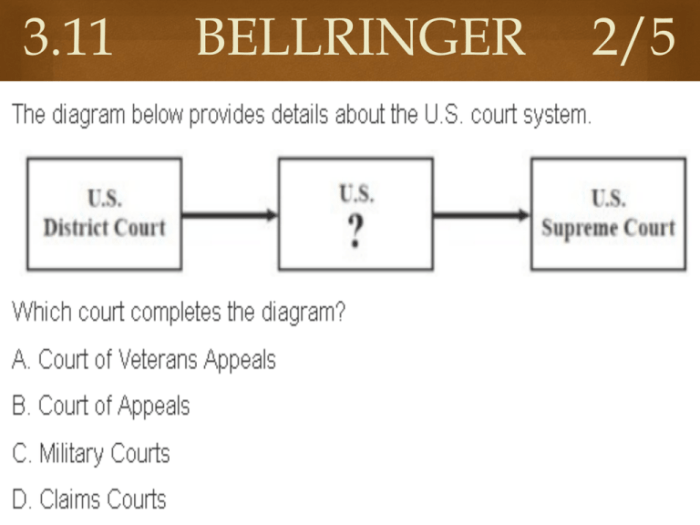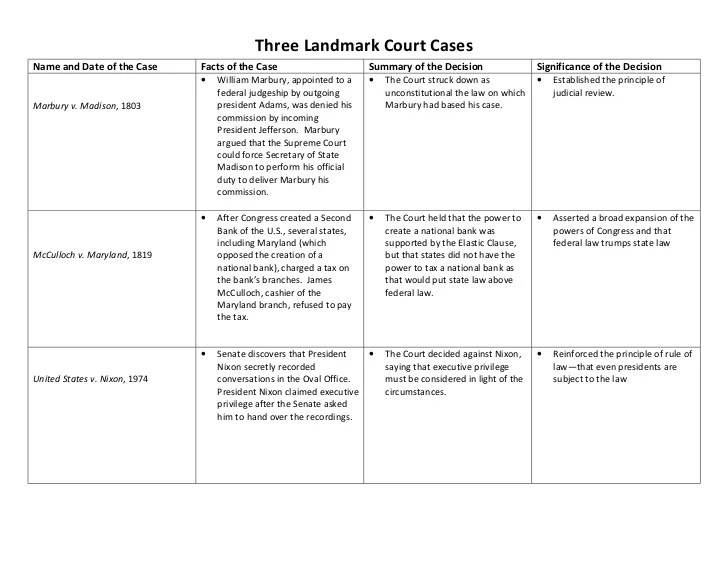The Landmark Supreme Court Cases Graphic Organizer offers a comprehensive exploration of the most influential cases that have shaped American law and society. These cases have established legal precedents, influenced the interpretation of the Constitution, and had profound social and political implications.
From defining the criteria for landmark cases to examining their historical significance and impact on American law, this graphic organizer provides a detailed analysis of these pivotal moments in legal history.
Landmark Supreme Court Cases: Landmark Supreme Court Cases Graphic Organizer

Landmark Supreme Court cases are those that have had a significant and lasting impact on American law and society. They often involve major constitutional issues and have the power to shape the course of history.
The criteria used to determine which cases are considered “landmark” include their historical significance, the legal precedents they established, and their social and political implications.
Historical Significance
Landmark Supreme Court cases often arise out of major social and political conflicts. They can reflect the changing values and priorities of American society, and they can have a profound impact on the way that people live their lives.
For example, the case of Brown v. Board of Education (1954) overturned the “separate but equal” doctrine established in Plessy v. Ferguson (1896) and led to the desegregation of public schools.
Impact on American Law
Landmark Supreme Court cases can establish important legal precedents that guide future decisions. They can also clarify the meaning of the Constitution and other laws.
For example, the case of Marbury v. Madison (1803) established the principle of judicial review, which gives the Supreme Court the power to declare laws unconstitutional.
Social and Political Implications, Landmark supreme court cases graphic organizer
Landmark Supreme Court cases can have a profound impact on public opinion and government policy. They can shape the way that people think about important issues, and they can lead to changes in the way that the government operates.
For example, the case of Roe v. Wade (1973) legalized abortion in the United States and has been the subject of intense debate ever since.
Case Studies
| Case Name | Year Decided | Key Issue(s) | Holding of the Court | Impact on American Law and Society |
|---|---|---|---|---|
| Brown v. Board of Education | 1954 | Segregation of public schools | The Court held that segregation of public schools was unconstitutional. | Led to the desegregation of public schools. |
| Marbury v. Madison | 1803 | Judicial review | The Court held that it had the power to declare laws unconstitutional. | Established the principle of judicial review. |
| Roe v. Wade | 1973 | Abortion | The Court held that abortion was a constitutional right. | Legalized abortion in the United States. |
FAQ Corner
What are the criteria for determining landmark Supreme Court cases?
Landmark cases are typically those that have had a significant impact on American law and society, established important legal precedents, or influenced the interpretation of the Constitution.
How have landmark Supreme Court cases shaped American law?
Landmark cases have established legal precedents that have guided lower courts and influenced the interpretation and application of the Constitution. They have also led to the development of new laws and policies.
What are some of the social and political implications of landmark Supreme Court cases?
Landmark Supreme Court cases have often had profound social and political implications, affecting public opinion, government policy, and the rights and freedoms of individuals.

